
The Trek in a snapshot
Location
West Desert, Utah
Managing Agency
Unknown
Pets
Allowed
Fees
None
Restrooms
None
Camping
Allowed
Trail Condition
Not really trails anywhere. There are old road. I did some bushwhacking to see the town
Sights
Ghost town of Kelton
Water Info
Bring a bottle of water if needed
Best Season
All
Distance
I explored for about 1/2 mile
Time Required
1+ hours
Parking Elevation
4223 ft
Summit Elevation
Varies slightly
Elevation Difference
Varies slightly

Trek Planner Maps
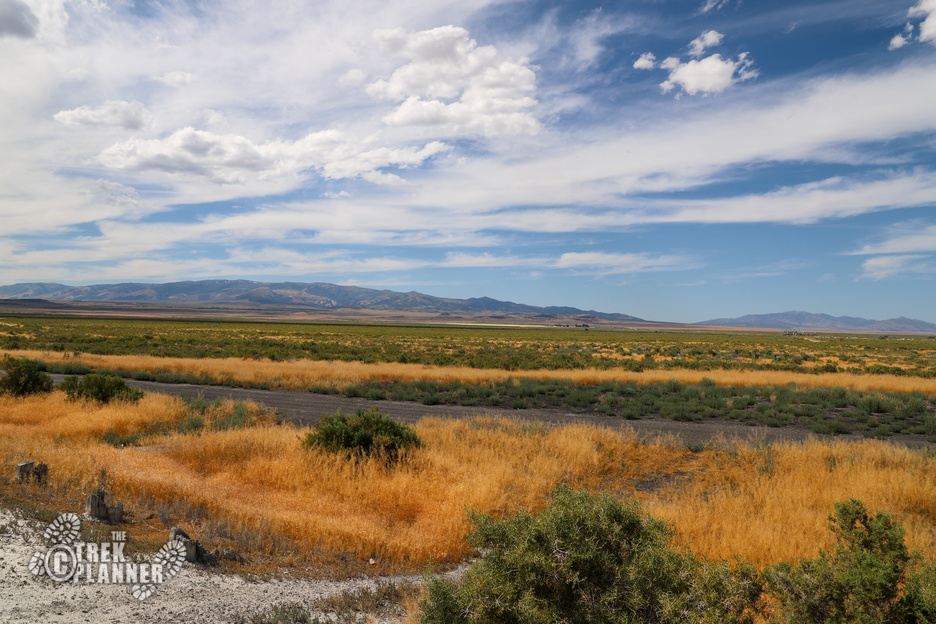
Kelton Ghost Town: 41.74559, -113.10803
Kelton Cemetery: 41.7461, -113.11175

Experience. Discover. Explore.
Follow along on our adventure then go out on your own!







Kelton is a ghost town in the middle of Box Elder County, Utah. There isn’t much to see here besides a cemetery and some building foundations. At its peak, Kelton had 200 people with an “uncounted Chinese population of considerable size.” If you walk the area you will find bits and pieces of old glass, metal, cement, brick, and perhaps what appears to be some broken dinnerware.
You can see clear signs of where the railroad traveled through town. Some of the railroad ties are visible along with some spikes.
This small town had a life span serving the Central Pacific Railroad from 1869-1942. It’s named after a local stockman.
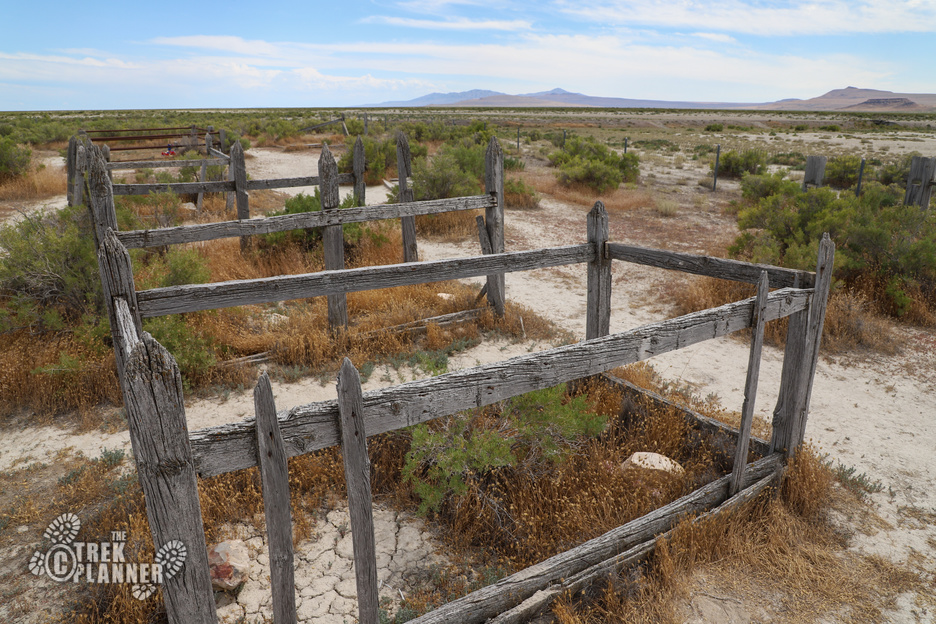





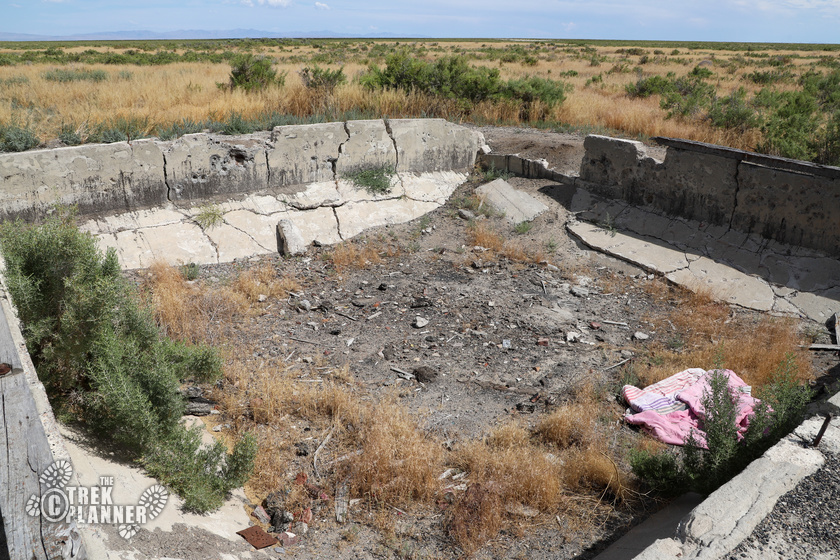




This is where I think a well was for the town (below).
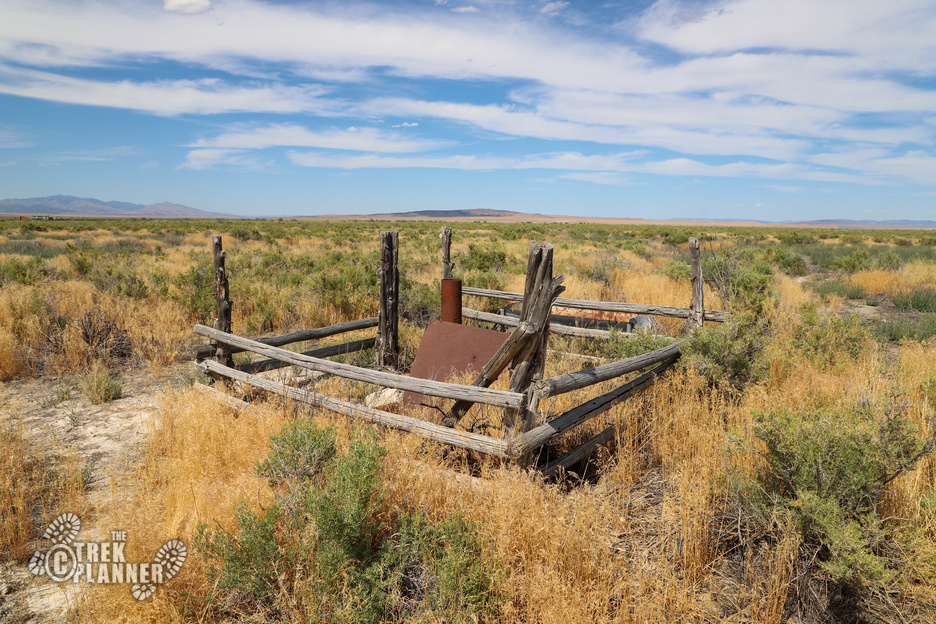

If you visit the cemetery you will see a information sign. Here is what it says about Kelton:
Mile 734.1 from San Francisco.
Kelton served as a section station for the Central Pacific Railroad from 1869-1942. The location was originally called Indian Creek but was soon renamed Kelton in honor of a local stockman.
The town was built around the railroad section station and featured large water cisterns to fill daily trains of water cars. Water was a precious commodity in this arid region and was originally drawn via redwood pipeline seven miles to Kelton from the foot of the Raft River Mountains.
In its early years, Kelton had a post office, a two-story hotel, and several saloons, stores, and homes. There were about 100 people living at Kelton in 1870 and the population peaked at about 200, plus an uncounted Chinese population of considerable size.
Stagecoaches left daily, carrying passengers to Boise in two days, Walla Walla in four days, and Portland in five-and-a-half days. The Wells Fargo stagecoach from Kelton to the rich northern mines was reportedly the most often robbed stage line in the west. It was usually held up every week, and occasionally daily.
Kelton’s prosperity declined with the completion of the Lucin Cutoff across the Great Salt Lake. After the cutoff opened in 1904, the line became a backup in case of problems on the Lucin Cutoff and trains dropped to weekly services. Although it still served as a shipping point for local trade and supported a post office, general store, telegraph office, and hotel, by 1937 the town’s population had dwindled to just 47.
Remains of the old hotel and cemetery can still be seen at the Kelton site today.
The depot at Kelton was considered a “combination” depot. The passenger depot is on the left and the freight depot is on the right.
In a typical year during the 1870s, six million pounds of supplies were loaded from trains onto wagons in exchange for furs, wool, and cattle.
From a newspaper clipping from the Corinne Journal Reporter on January 15, 1873, it states that one of the saloons was called Scott’s Saloon. There was a “affray” on that date in which one of the assailants attacked a man and cut a “five inch gash” on his face.
You can also see the Historic Wheeler Survey Marker. Here is what it says:
In 1869 The United States Army sent First Lieutenant George M. Wheeler on a brief reconnaissance which later created the Country’s “Geographical Survey West of te One Hundredth Meridian”. This survey gave our leaders the first accurate mapping of the Western half of the Country, collecting data of the natural history, geology, geography, climate, weather and ethnology.”


Here are some old photos of Kelton from the Deseret News Archives.

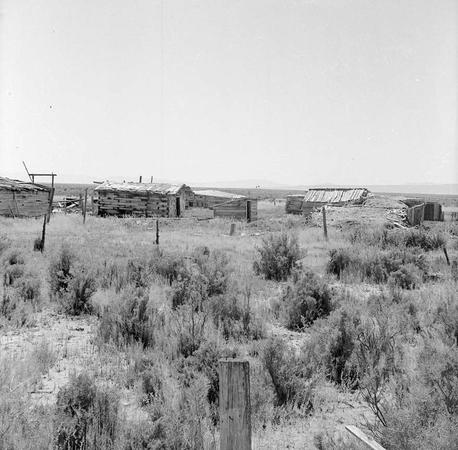
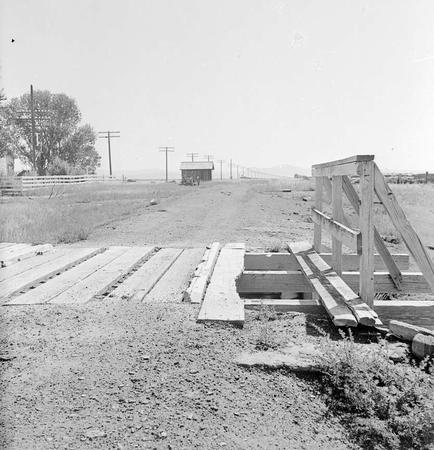
To view the newspaper clippings, you will need to be a Trek Planner Insider Member
This content is locked
(memberships are currently unavailable)
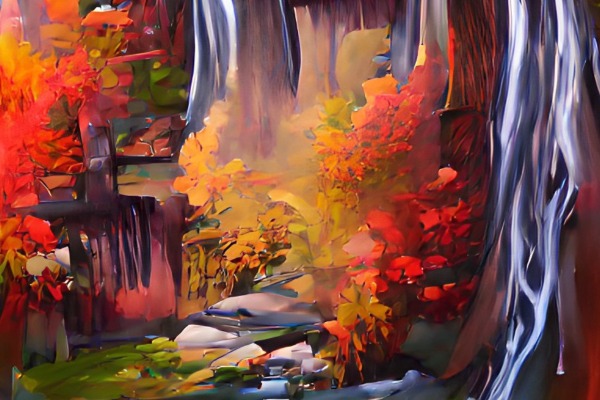
Personal Thoughts
In some ghost towns I sometimes get creepy vibes, but in Kelton I didn't get anything odd. This town was small and I would love to have seen the hotel and all the saloons as they were back in the day. Sadly, not much remains and you are left to wonder how this town even existed out here. Still, it's a neat place to visit if you're in the area.

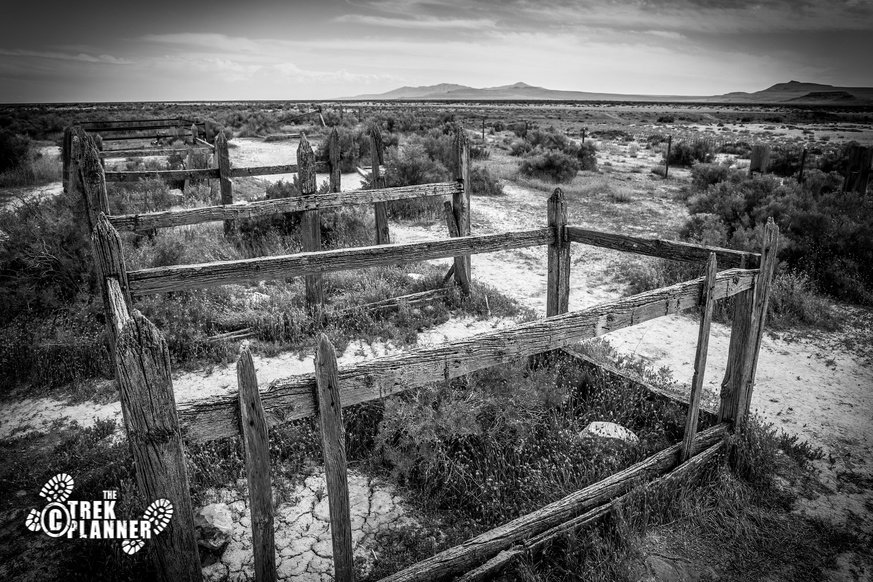



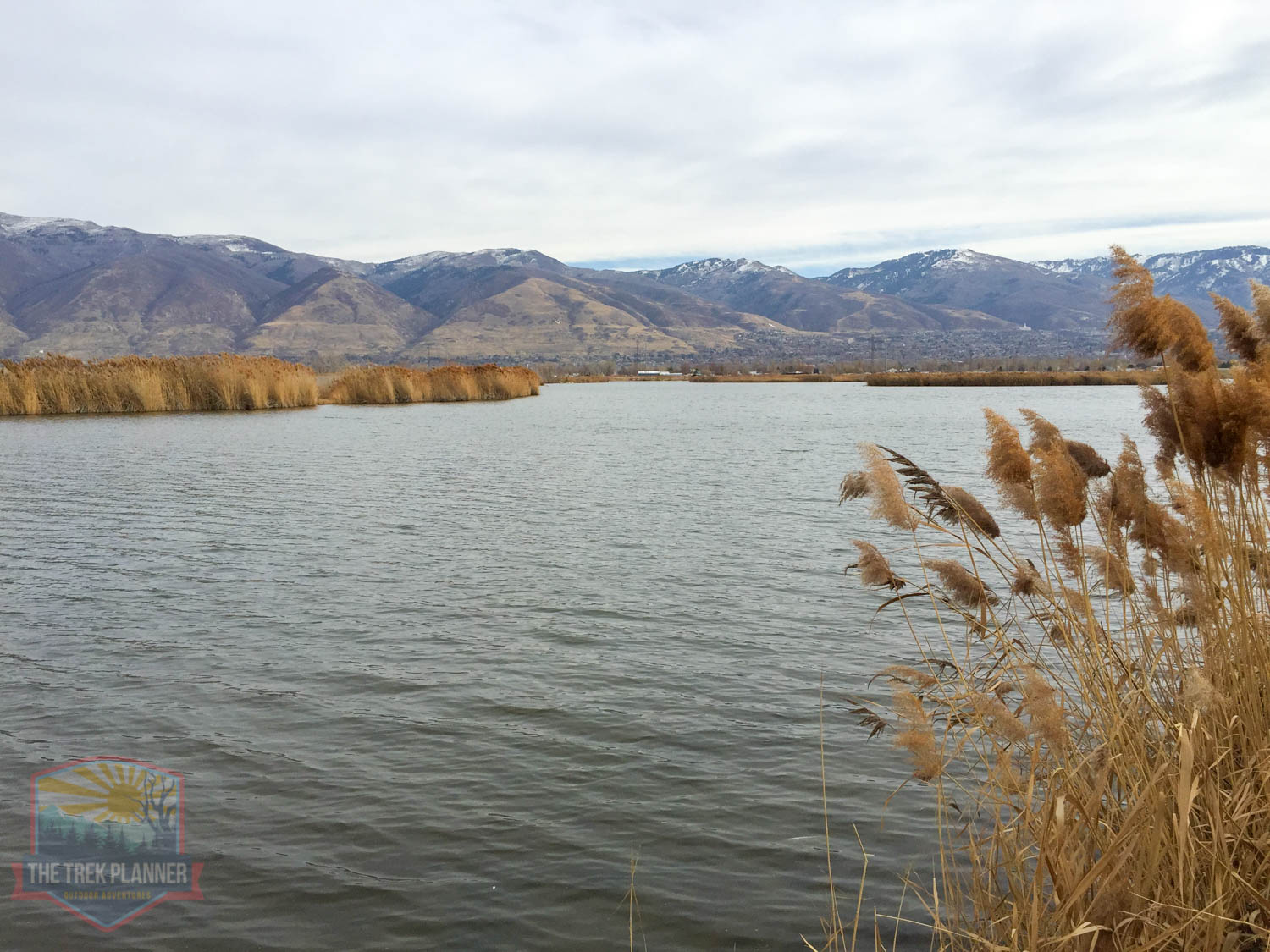
Thank you for the fun information you found in the newspapers. I have researched a family that lived here in its heyday, and 3 members of the family are buried in the cemetery. I really enjoyed your insights.
Thanks
I have a great uncle that supposedly owned the Kelton Hotel until it closed in 1942. He then moved to Ogden. There is a picture of The Kelton Hotel circulating around the web sites with three men in the picture. I wanted to know if there was any info on who the three men were. Maybe some writing on the back of the original. Who has the original? His name was Albert Leroy Crandell.
The hotel was first owned by a man named Preston Guard. We posted his information on Find A Grave. He died in 1886. He had to have been buried in the Kelton Cemetery. His son William Preston Guard’s twins were buried there in 1876.
I am curious if there is any more information about stockman Kelton that the town was named after. My kids want to buy the town so they can move there with their cousins.